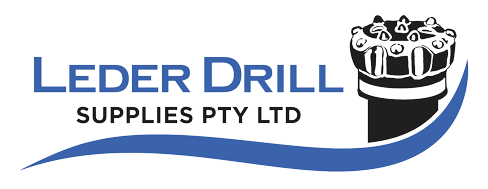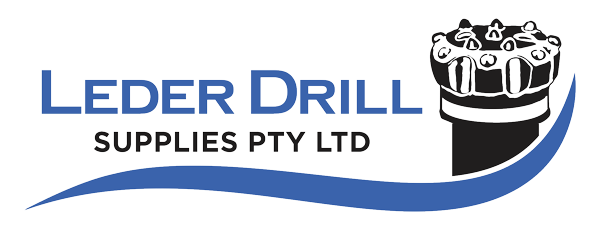Mining Drill Hammer Exhaust Tube
The exhaust tube, also known as the blow tube or exhaust pipe, is an important component of a mining drill hammer. It is responsible for channeling the exhaust gases from the hammer's pneumatic motor away from the operator and the drilling area.
Functions:
- Directs exhaust gases away from the operator: The exhaust tube directs the hot and pressurized exhaust gases away from the operator, preventing burns and eye injuries.
- Reduces noise levels: The exhaust tube can help to reduce the noise levels generated by the hammer, making it a more comfortable tool to use.
- Protects the drilling equipment: The exhaust tube protects the drilling equipment from the harmful effects of the exhaust gases, such as corrosion and erosion. It also helps to prevent debris from being sucked into the hammer.
In addition to these primary functions, the exhaust tube can also be used as a visual indicator of the hammer's operation.
Please Note: Images are indicative only.










